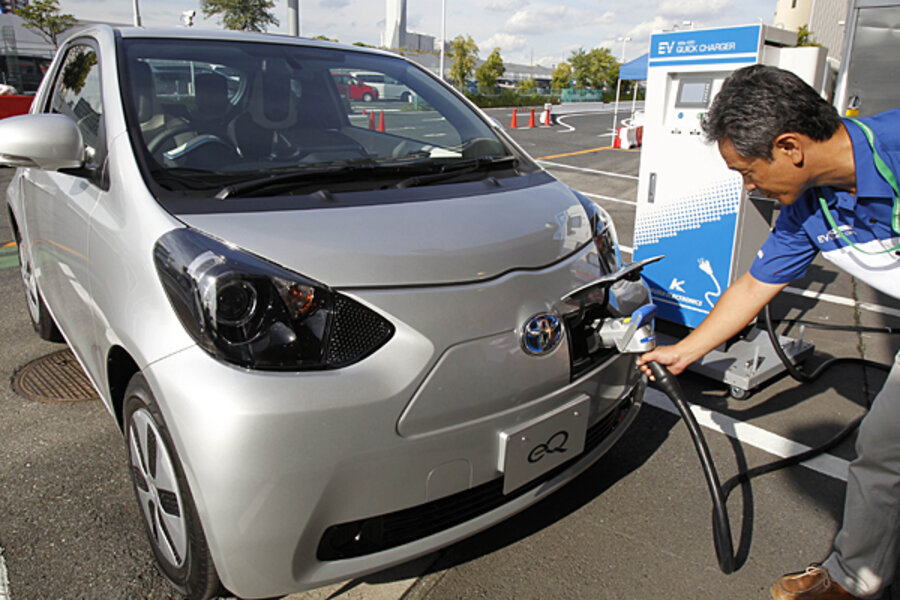Energy Department pushes for electric car battery research
Loading...
If you want to know how advanced cars might be in the next hundred years, just take a look at how far the car has come along in the last hundred.
Unfortunately, electric cars missed out on decades of development over the last century. Battery technology in particular still suffers many of the issues it always has.
In an effort to speed up development, the U.S. Department of Energy has set a goal to improve battery and energy storage technologies by five times that of today--in the next five years.
For technology which is often seemingly a decade away, that's quite a goal.
That's why, says Computerworld, the DoE has created the Joint Center for Energy Storage Research, at a cost of $120 million over five years.
The idea is to replicate the kind of environment that spurred on other technical revolutions of the last century--such as the Manhattan Project in World War II.
While this resulted in something far more sinister than an electric car battery--the atomic bomb--the concept is sound: Put the best scientists and engineers in the same room, and free their creativity.
Those scientists and engineers will hail from six national laboratories and five universities, most of which are based in Illinois and Michigan. The Center itself will be based at the Argonne National Laboratory in Chicago.
Private firms, including Dow Chemical, Applied Materials, Johnson Controls (potential bidders on banrupt battery firm, A123) and the Clean Energy Trust, are also contributing to the goal.
Ultimately, the aim is to develop batteries which are better and more affordable--through a process of new ideas and experimental processes, rather than incremental improvements to existing technology. The DoE says that current research focuses too much on solving one particular problem, rather than taking a holistic approach.
Is such an approach just what the battery industry needs? We'll let you know in five years...







